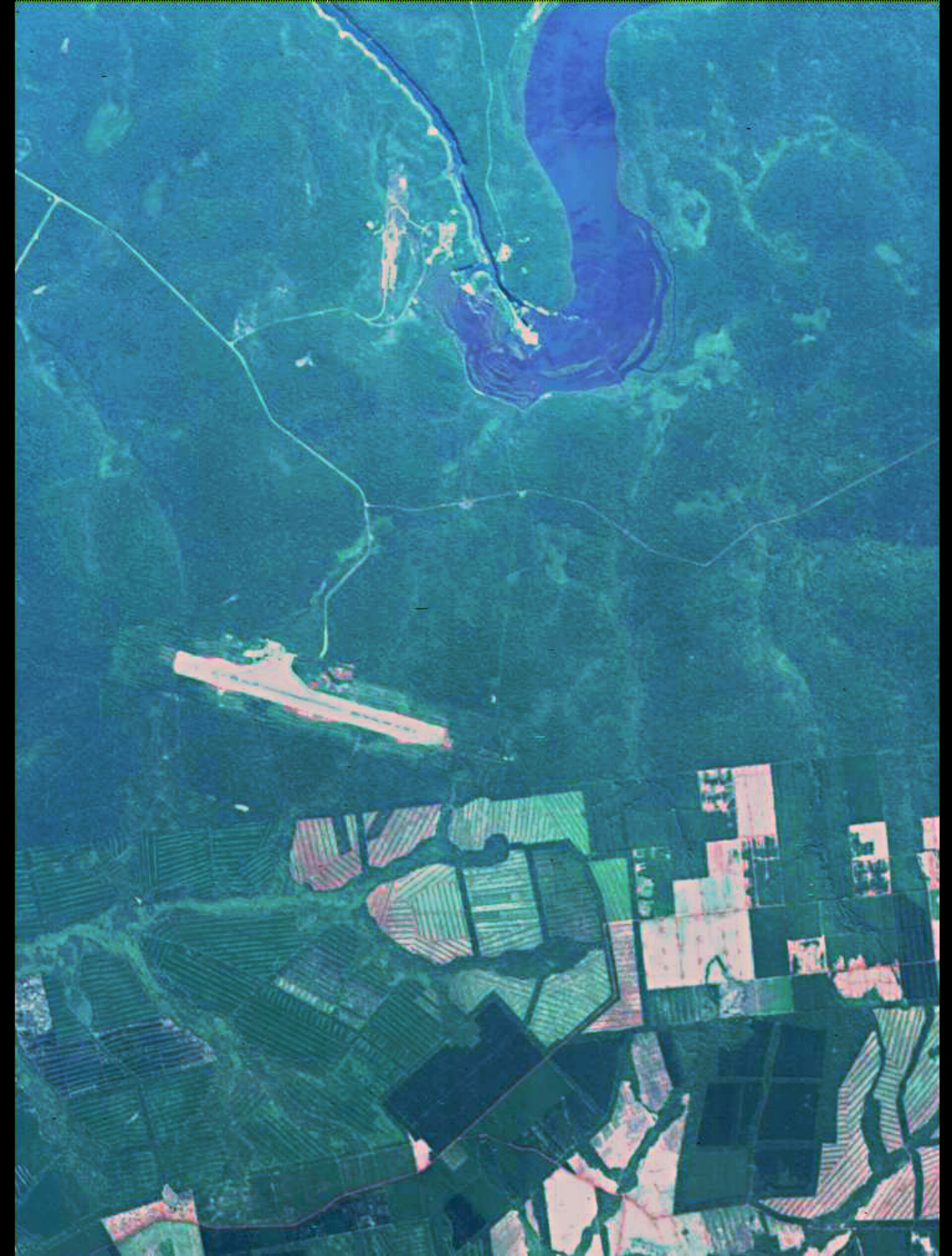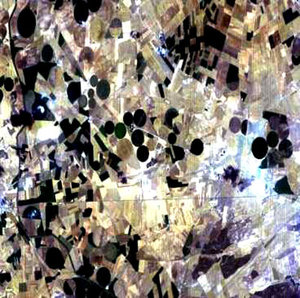Workshop to discuss Proba imager returning wealth of environmental data
Researchers making use of data from the smallest hyperspectral imager ever flown in space are being invited to meet and share their results this spring.
Proba is ESA's smallest Earth Observation satellite: with dimensions of 60 cm by 60 cm by 80 cm it resembles a widescreen television orbiting the globe.
Proba's main payload is a hyperspectral instrument weighing just 14 kg called CHRIS – standing for Compact High Resolution Imaging Spectrometer.

Despite this compact size and a power requirement of just nine watts CHRIS can image a 14 square km area at multiple angles, achieving a resolution of 18 m in up to 19 programmable spectral bands. Furthermore its agile platform can be tilted during acquisition to provide images of the same site taken at different angles.
That means CHRIS returns a wealth of biophysical and biochemical data as well as visual information about a given target, and can be used for activities including environmental monitoring, crop forecasting, forest cataloguing and marine science.
The hyperspectral multi-angular capabilities of CHRIS also make it an ideal platform to study and validate the SPECTRA mission concept. SPECTRA is an ESA Earth Explorer Mission Candidate which will use multi-angular hyperspectral data similar to CHRIS for monitoring important biomes across the globe.
Upwards of 60 scientific teams worldwide employ CHRIS data. Those researchers, along with anyone else interested in the achievements of CHRIS so far, are invited to attend the second ESA Proba/CHRIS Workshop, scheduled to take place at ESA's ESRIN centre in Frascati, Italy, from 28 to 30 April. For more information see http://www.congrex.nl/04c14/.
About Proba

Proba (Project for On Board Autonomy) is an ESA micro-satellite built by an industrial consortium led by the Belgian company Verhaert, launched in October 2001 and operated from ESA's Redu Ground Station (Belgium).
Orbiting 600 km above the Earth’s surface, Proba was designed to be a one-year technology demonstration mission of the Agency but has since had its lifetime extended as an Earth Observation mission. It now routinely provides scientists with detailed environmental images thanks to CHRIS - a Compact High Resolution Imaging Spectrometer developed by UK-based Sira Electro-Optics Ltd - one of the main payloads on the 100 kg spacecraft.
Proba boasts an ‘intelligent’ payload, has the ability to observe the same spot on Earth from a number of different angles and can record images of a 14 square km square area to a resolution of 18 m. A follow-on mission, Proba-2, is due to be deployed by ESA around 2005.





